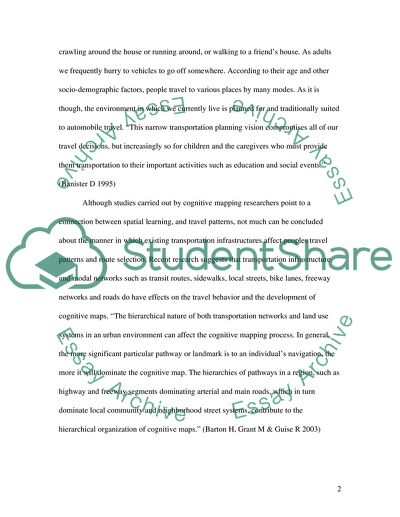Cite this document
(The Influence of Transport Network of a City on Travel Patterns Essay - 1, n.d.)
The Influence of Transport Network of a City on Travel Patterns Essay - 1. Retrieved from https://studentshare.org/engineering-and-construction/1741606-how-far-does-the-form-and-structure-of-the-city-together-with-its-transport-network-influence-individual-travel-patterns-discuss-in-the-context-of-different-ty
The Influence of Transport Network of a City on Travel Patterns Essay - 1. Retrieved from https://studentshare.org/engineering-and-construction/1741606-how-far-does-the-form-and-structure-of-the-city-together-with-its-transport-network-influence-individual-travel-patterns-discuss-in-the-context-of-different-ty
(The Influence of Transport Network of a City on Travel Patterns Essay - 1)
The Influence of Transport Network of a City on Travel Patterns Essay - 1. https://studentshare.org/engineering-and-construction/1741606-how-far-does-the-form-and-structure-of-the-city-together-with-its-transport-network-influence-individual-travel-patterns-discuss-in-the-context-of-different-ty.
The Influence of Transport Network of a City on Travel Patterns Essay - 1. https://studentshare.org/engineering-and-construction/1741606-how-far-does-the-form-and-structure-of-the-city-together-with-its-transport-network-influence-individual-travel-patterns-discuss-in-the-context-of-different-ty.
“The Influence of Transport Network of a City on Travel Patterns Essay - 1”, n.d. https://studentshare.org/engineering-and-construction/1741606-how-far-does-the-form-and-structure-of-the-city-together-with-its-transport-network-influence-individual-travel-patterns-discuss-in-the-context-of-different-ty.


